Megan Sue
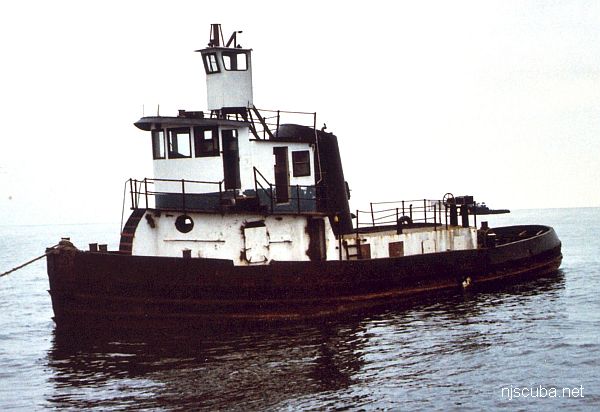
- Type:
- artificial reef, tugboat
- Built:
- 1960, Diesel Shipbuilding, Jacksonville FL, as Nomad
- Specs:
- ( 61x17 ft )
- Sponsor:
- "4 of Clubs" - DVD, Ocean Wreck Divers, MRMTC, Ann E Clark Foundation
- Sunk:
- Sunday January 9, 2005 - Axel Carlson Artificial Reef
- GPS:
- 40°03.181' -73°59.310'
- Depth:
- 80 ft, top at 60 ft
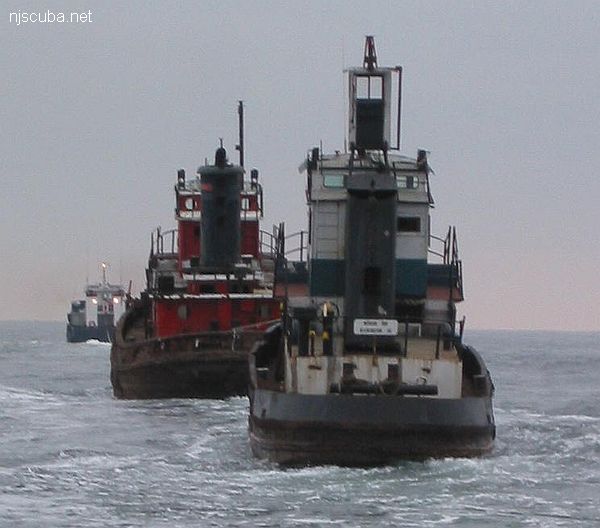
The Bay King and Megan Sue were sunk together, 180 feet apart; close enough to share a single mark on the chart. The larger Bay King is to the east of the Megan Sue.
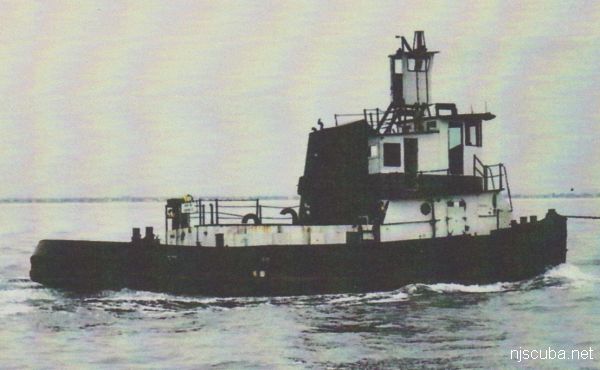
There is some disparity about the length of the Megan Sue. The Reef Program says 75 feet, the Coast Guard says 60 feet, and the builder says 54 feet. To me, the Coast Guard figure looks about right. Reef Program measurements are often off by several feet, it's not easy to measure a ship with a tape measure. The builder's figure is probably a typo.

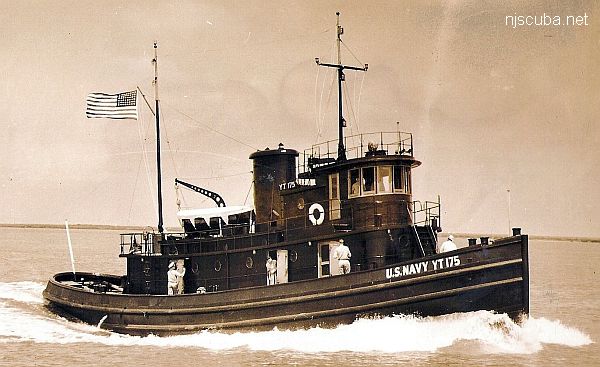
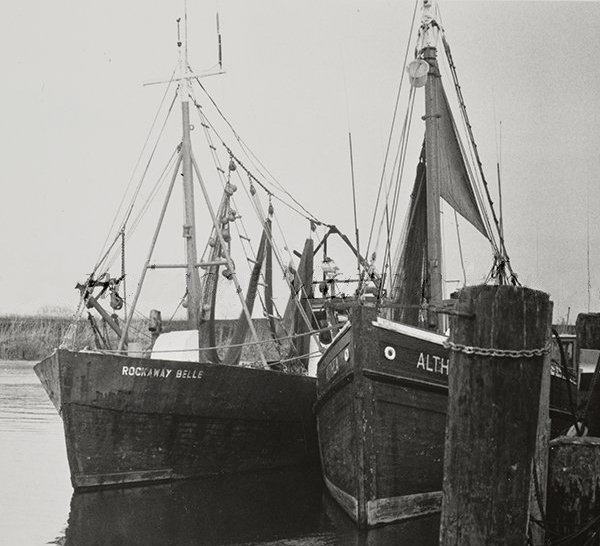
Questions or Inquiries?
Just want to say Hello? Sign the .